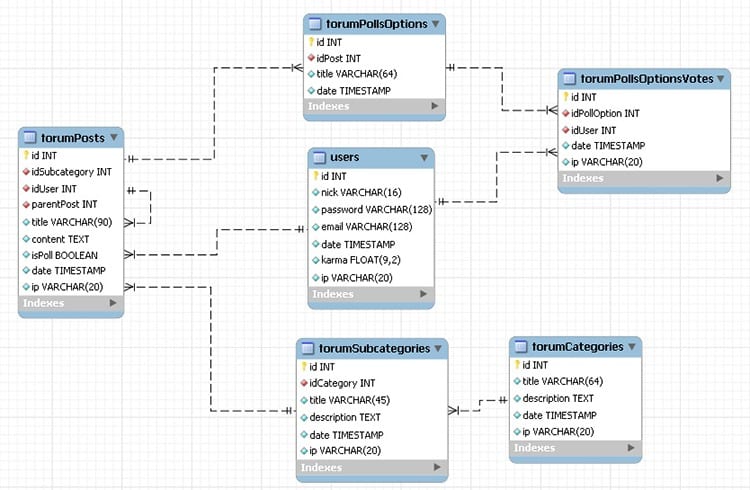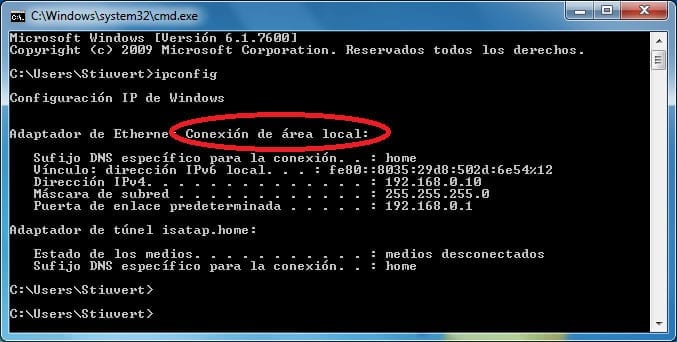Have you ever heard of databases? You cannot "see" a database like a normal user, but any website, service or institution has one or more databases. They are not something limited to computing. They have been used for a long time, however now it is something that is very easily seen on computers and web services.

Do you want to know more about them? How does it work or how to use a database? Let's delve a little deeper into the topic to see what databases are, what they do and how they are used.
What is a database
A database is nothing more than a space in which information selected by the user is stored. We are talking about a site where a large amount of information can be stored, which can be stored using defined organizations and structures. Thanks to this organization, information could be accessed quickly, as well as specific data or information could be quickly and accurately located within the same database.
These databases allow you to work with a large amount of information and files. This makes them a very useful tool for a large number of different jobs, in which information must be stored and always kept accessible.
All important data passes through these databases, although it is simply data in text format. For example, on web pages, a database stores content information, such as its structure, data, and paths used in it (for files, links and so on), however it does not store files. Although this may vary depending on the use of the database.
How a database works
A correct analogy would be to take a database as if it were a library. It has many shelves with different and organized levels. Books (information) are placed on these shelves and are organized to access information quickly.

Databases use tables (bookstore shelves) in which information is stored. A large number of tables can be found in a database, which use indexes to identify each of the tables and their types. Thanks to them you can access information easily.
How to use a database
In order to make use of a database, technology is used SQL, which allows you to carry out structure tasks and, therefore, create complete bases. This technology can be seen in simple interfaces, composed almost exclusively of text, and in more complex ones with a graphical environment that make things easier for less experienced users.
Always, when creating a database, you must enter a username and password. These data allow keep database information secure, preventing anyone from accessing it. Only those who have the access data will be able to access the information to edit it or create new structures in the 'Database'.
Once a database is created it will be blank. Its entire structure has to be developed to be able to store the information. To do this, tables are created in which the information is organized. Each table is made up of cells in which the information is placed.

The cells that are part of a table in a database maintain all the information. Generally, on websites, when storing its content, you can see tables in which there are boxes with identifiers, a title, the text in question and the date on which said content was created.
SQL is just one of the database technologies that exist. There are other technologies used to create and manage databases. Among them you can see PostgreSql and Oracle, which are designed to intranets and large-caliber systems that have to handle an immense amount of information. Each technology has a different approach but, generally, they have a very similar structure for the use and administration of databases.

I have been glued to a monitor since a PC fell into my hands in 1997. Now I like to write about everything related to them.
Content writer. Graphic Designer and Search Engine Optimization




